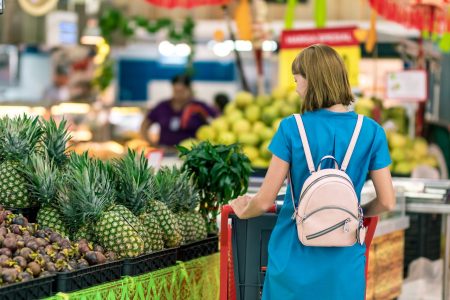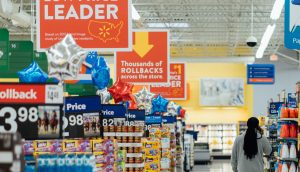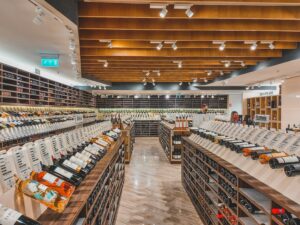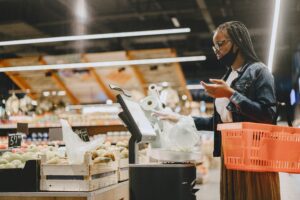Running a retail store usually has a lot of refinements that need to be addressed to get the best possible outcomes (revenue and customer loyalty are the most important) with the number of resources available in-store. Things get more complicated when the retailer tries to find the best possible position or locations for in-store marketing activations. Place it in the wrong spot and it’s not as visible, hence defeating the original intent or place it in a well-trafficked spot but wrong category and customers would be unable to connect the content to their own shopping mission, like placing an ad for tampons in the men’s gym section, this will have zero or negative effect on the sales of both. As we will see in this article, shopping missions will highlight the best spots for in-store campaigns.
In order to gain a solid handle of what and where to place activations in-store, retailers must consider both the category management of the store’s layout and the shopping mission of their customers.
As we have covered in the past, Category management involves managing product categories as business units and customizing them to satisfy customer needs. However, the shelf space problem is significantly different depending on whether we consider the perspective of the manufacturer or retailer. While a shopping mission is a goal for a particular shopping journey, understanding them in advance drive new marketing and operational opportunities to retailers and manufacturers.
Types of shopping missions
A shopping mission can be of either:
- Fill-in – Visit a few grocery sections and find products which need to be restocked
- Stock-Up – Visit a wide variety of sections in bulk to be able to fill the refrigerator for the up and coming weeks
- Urgent – Visit one or two categories within the store whereby the customer ignores all other categories and solely focuses on their immediate needs. Meaning the shopper does not deviate from their intended journey and finally
- Fresh – Visit certain categories specific to products for daily use with a focus on fresh and perishable items, most likely to be consumed on the day of purchase.
Leveraging on the advantages of both the arrangement of categories within a store and the reason for which a customer visits said each category, shopping missions will allow for more accurate positioning of the best spots for in-store activations.
A Case Study
Let’s take the case study of one of the top-5 global CPGs. For the sake of anonymity, we will call them Company X. They are a global manufacturer offering their products in most major cities around the world, and now they want to launch a new shampoo promotion in a specific retailer chain in Shanghai. After some research with our team, it was determined that there were four optimal locations that the promotional ad could be placed. The diagram below maps out the store layout and the corresponding spots that would best fit this promotion.
Using a heat map of foot traffic within the store for stock-up shopping missions and our customers being primarily interested in shampoos, we can see that from the first glance each of the circled locations has a high traffic volume (areas marked in red). These would make a good promotional spot if that was all we were considering. But when we add other factors into the equation such as the proximity to the stairs, closeness to the main aisles and distance to the promoted category, we find that area 4 gives use a far higher effective coverage than the others.
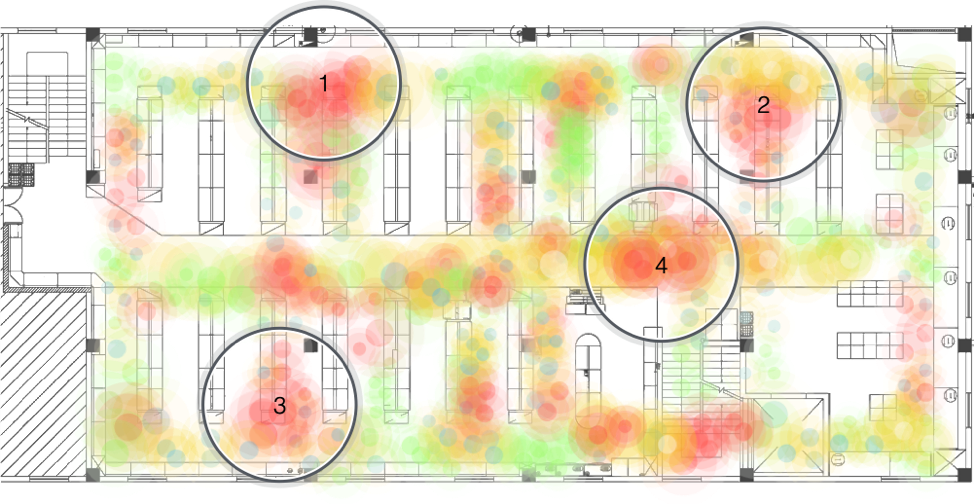
But our findings don’t just stop there, we analyze these points and based on foot traffic we should select the red end-cap (the more trafficked regions).

However, if we analyze the direction of the aisle, we find something relevant, 68% of the traffic coming to the shampoos category are from the secondary aisle (orange point) top to bottom. Thanks to this insight, it is much better to place the promotion in the secondary aisle (orange) hence, we get more qualified traffic (people coming to the shampoo and health care category) and we make sure that shoppers see the promotion right before they enter in the category and not the other way around. If we put the promotion in the red area, traffic is higher, but not qualified traffic for this shopping mission and shoppers will leave the promotion in their backs once they cross the category. One more added bonus is that the promotion is much cheaper for the manufacturer as they would pay far less for a secondary end-cap compared to the main aisle.
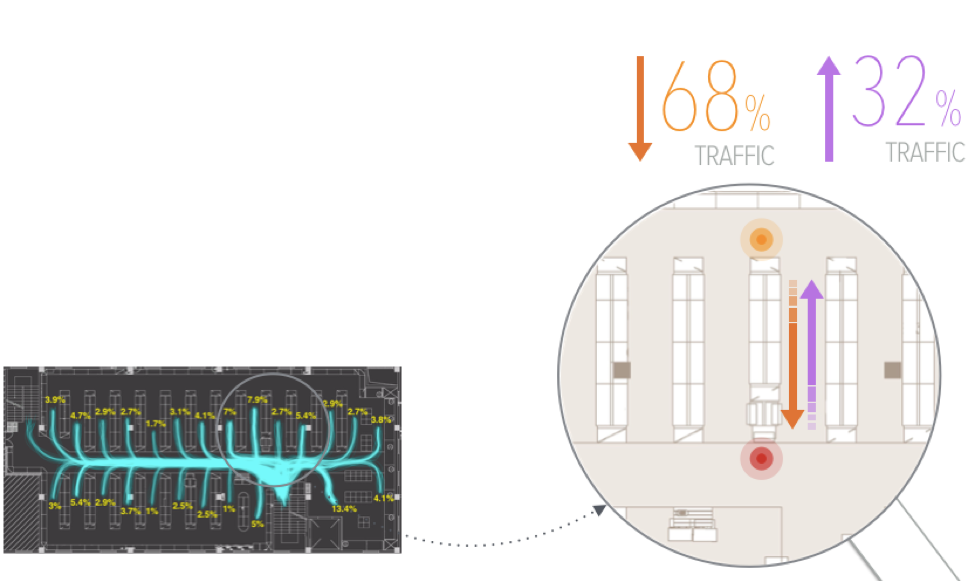
The end results speak for themselves, thanks to these insights, qualified traffic increased 14%, and 8% increase of the marketing activation. So not only did Company Y get to reduce the cost of advertising, they gained more sales and coverage simply by having the right data and analytical tools.
Conclusion
Shopping missions are a key variable to choose the optimal location or best spots of in-store activations, promotions, and product placement in the layouts. Thanks to Shoppermotion and our retail intelligence platform, we can leverage this information and apply it to this challenge. But the key factor here is the flexibility and adaptability inherent in the platform that allows for customization to each client’s individual needs.

